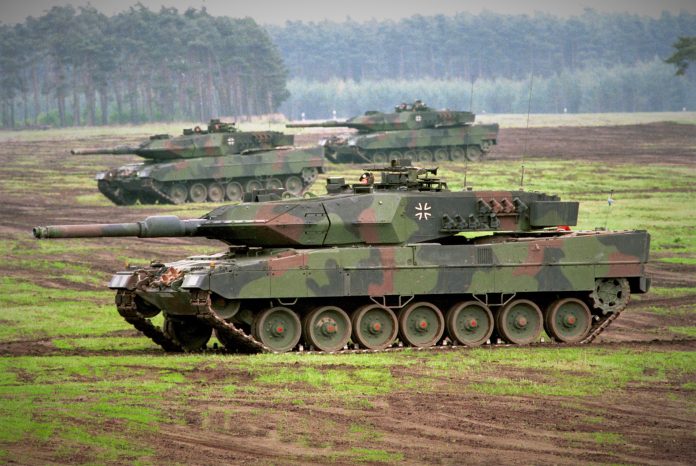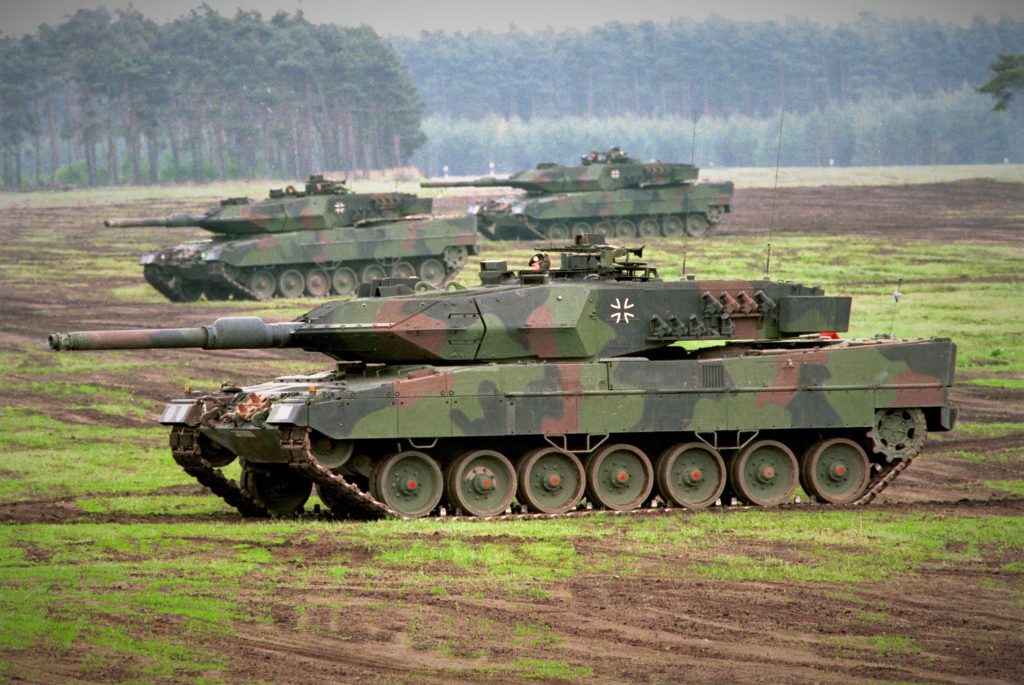
As David Axe wrote for Forbes, “The fundamental toughness of the Leopard 2 means tanks might take damage, visit a repair depot, return to the fighting then again take damage”. In Ukraine’s grinding conflict with Russia, this resilience has become more than just a technical specification-it’s a battlefield reality.
Since they arrived in 2023, Leopard 2 main battle tanks of Germany have taken center stage in the armored operation of Ukraine. Besides proving survivability under strong enemy fire, they also exposed the challenge of deploying advanced Western armor in a war dominated by mines, drones, and layered defenses.
From the perspective of the battlefield, this listicle looks at nine critical aspects of the Leopard 2, from design for crew protection to operational limitations, strategic symbolism, and evolving upgrades that offer a comprehensive look at how this tank is influencing both tactics and morale in Ukraine’s war effort.

1. Minimal Losses Despite Heavy Fighting
By August 2023, Ukraine had lost a mere five of the seventy-one Leopard 2 tanks supplied by allies, visually confirmed by Oryx. Even with at least ten more damaged, most returned to service after repairs in Poland. Total losses as of 7 October 2025 stood at 13 Leopards, of which seven were destroyed-an astoundingly low number given the intensity of combat. This durability has allowed Kyiv to maintain its armored strength intact far longer than Soviet-era tanks could manage.
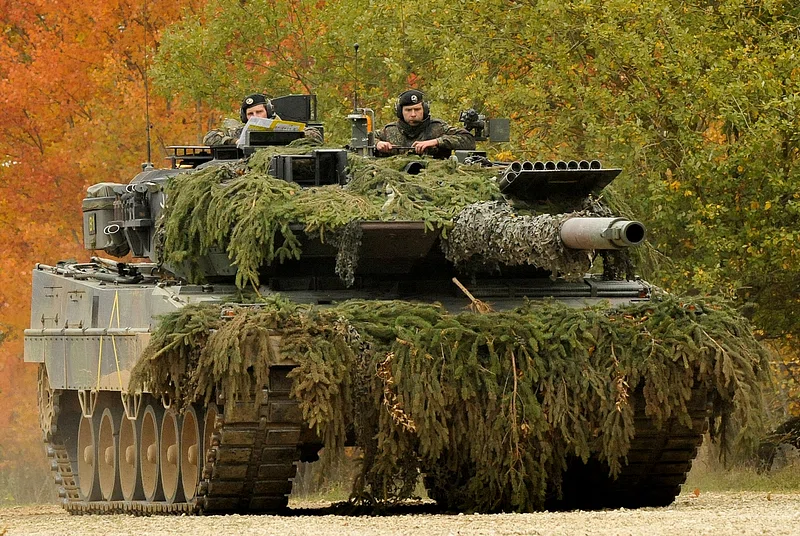
2. Crew Survivability as a Design Priority
Having the ammunition stored in an armoured compartment, separate from the Leopard 2 turret bulkhead, has saved lives. During the summer of 2023, crews from all five destroyed Leopards survived, bailing out before their respective tanks burned or exploded. The design preserved not only twenty soldiers’ lives but also their combat experience-a stark contrast to Soviet tanks, where ammunition stored around the crew often leads to catastrophic explosions.
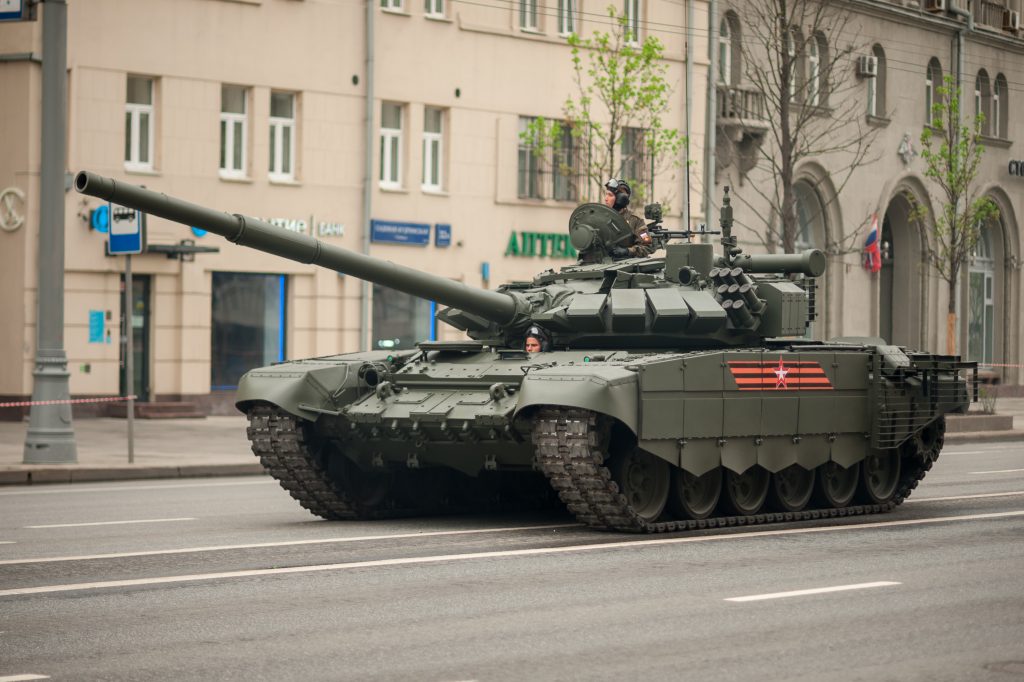
3. Superior Armor Philosophy vs. Soviet Designs
Meanwhile, Western designs, such as the Leopard 2, focus on the protection of its crew first, even at the cost of having vehicles weigh up to 69 tons. Soviet-designed tanks like the T-72 use automatic loaders and smaller silhouettes in order to save on weight, but this is at the cost of survivability. The war has shown that while heavier tanks pose significant logistical challenges, their ability to keep crews alive and return damaged units to battle was a decisive advantage.
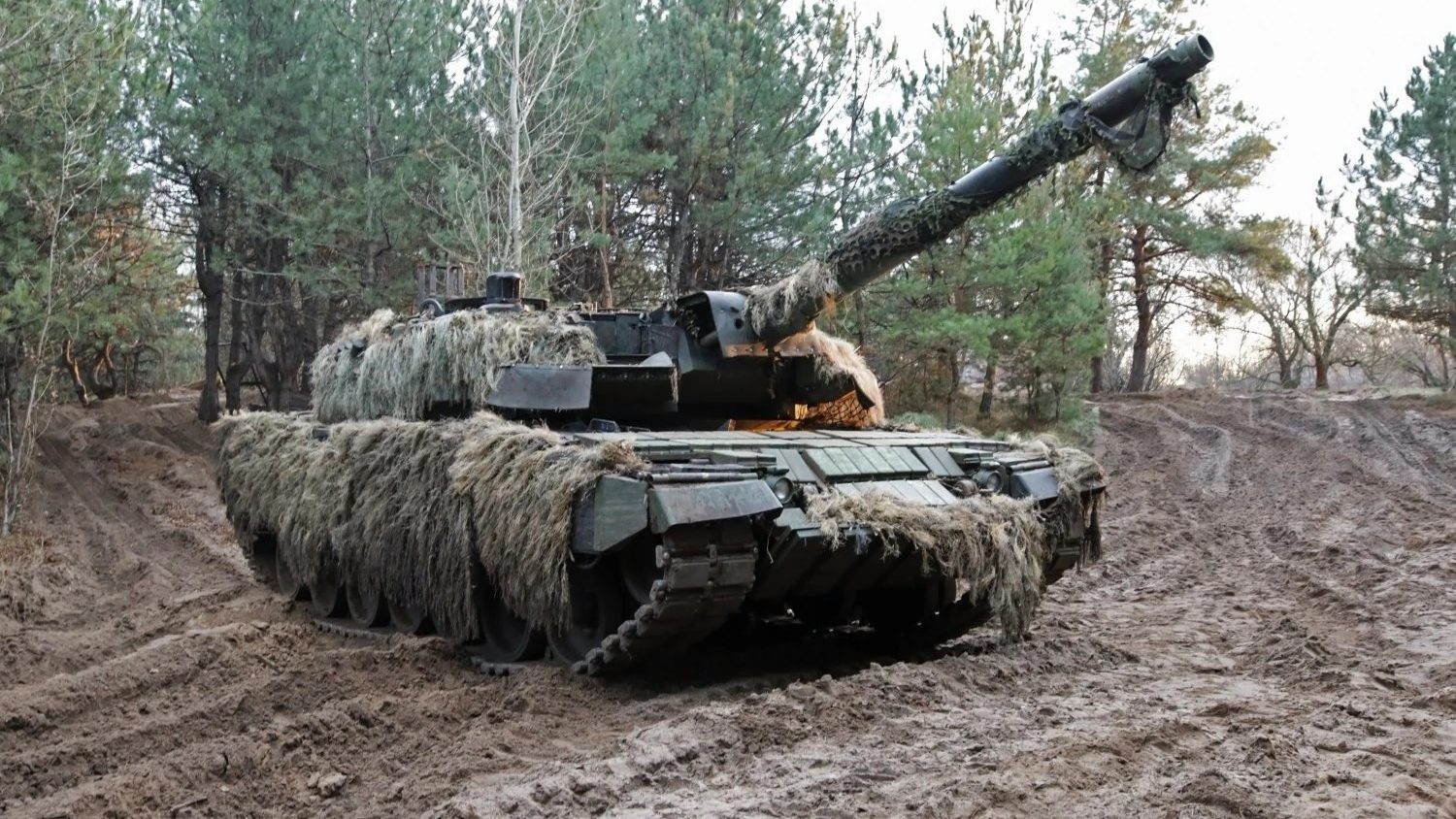
4. Operational Challenges in Ukraine’s Battlefield
The Leopard 2 has struggled, in particular, in the drone-saturated, mine-laden environment of Ukraine. Complex maintenance requirements mean damaged tanks often have to travel to specialized facilities far from the front. Limited numbers mean that when two tanks are in repair, a significant chunk of Ukraine’s Leopard fleet is out of commission.
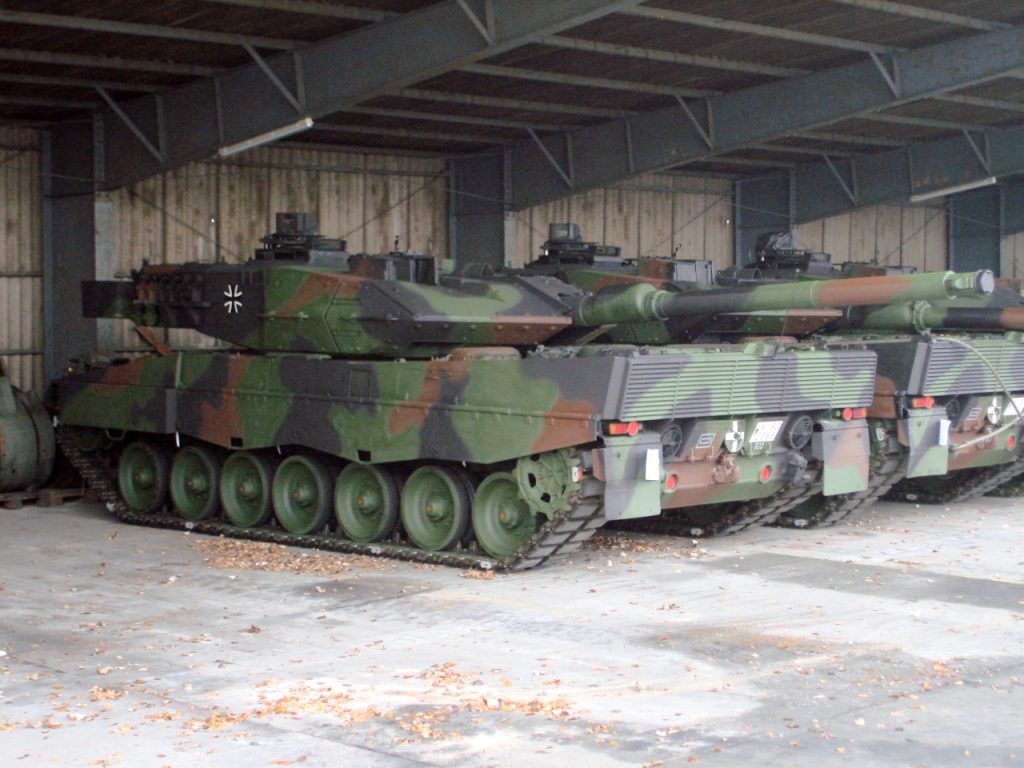
5. The Mala Tokmachka Setback
In June 2023, an attempt to breach south of Mala Tokmachka saw Ukraine lose three Leopard 2A6s and multiple Bradleys to mines and artillery. The failed operation also underlined how hard combined-arms breaches against prepared defenses were. Although most crews survived and several of the vehicles were recovered, it highlighted vulnerabilities in mine-clearing tactics and the need for closer air-defense support.

6. Training and Tactical Doctrine Gaps
Analysts, including Dean Lockwood, underline the fact that Ukraine’s Soviet-style tactics-bunching up assets, crossing uncleared minefields-limit the Leopard 2’s potential. Western doctrine favors speed, maneuver, and dispersion, but retraining crews takes time. If not fully adopting Western combined-arms methods, even the most advanced tanks risk underperforming against entrenched defenses.

7. Symbolism and Strategic Significance
Germany’s decision to send Leopard 2s, after months of hesitation, was a turning point in Western military aid. Chancellor Olaf Scholz insisted on close coordination with allies, reflecting both domestic caution and the tank’s symbolic weight. To Ukraine, the Leopards are not just firepower but a political signal of continued support from NATO.
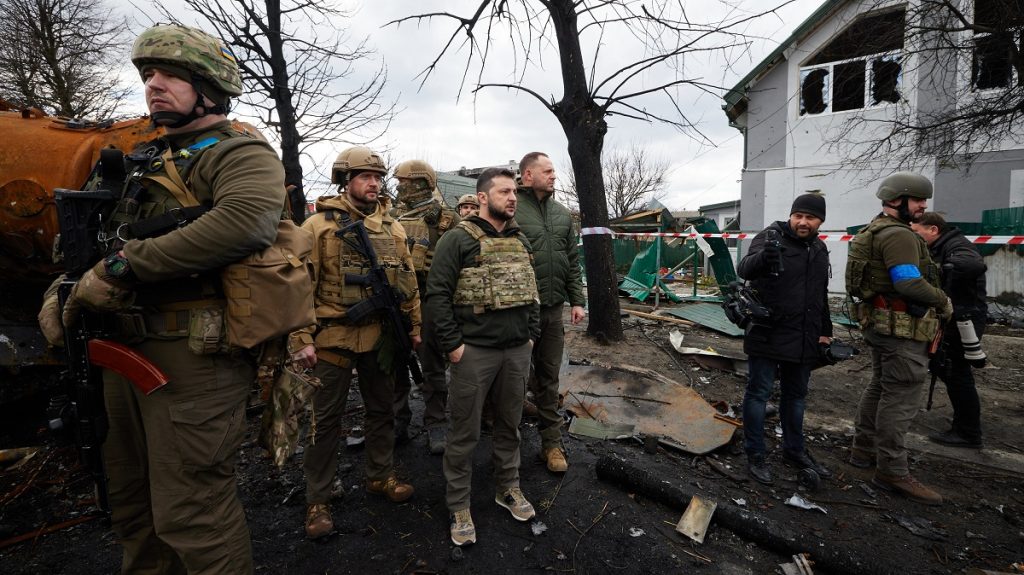
8. Upgrades for Modern Threats
Learning from Ukraine’s battlefield, Germany is fitting the older Leopards with Israel’s Trophy Active Protection System these intercept the incoming projectiles and address key vulnerabilities from top-down attacks via both drones and missiles. This upgrade reflects NATO’s rapid adaptation to new threats and could greatly improve survivability in future engagements.
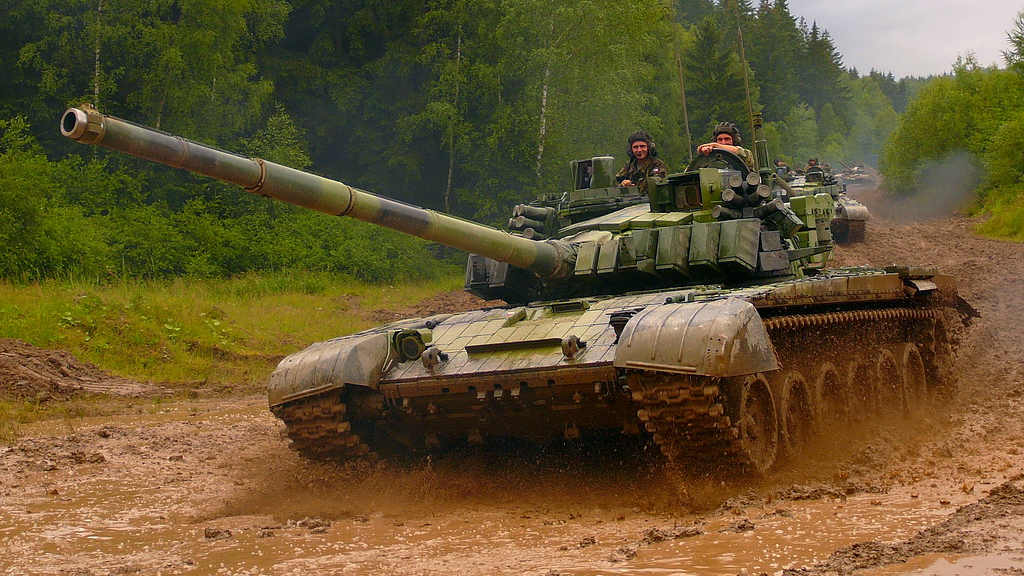
9. Lessons for Future Armored Warfare
The performance of the Leopard 2 in Ukraine has driven home some clear lessons: quality cannot replace quantity, proper training, or integrated tactics in winning wars. While the resilience of the tank has preserved manpower and morale, its limitations facing mines, drones, and layered defenses underline the fact that armored warfare in the 21st century is about more than technological superiority-it’s about operational innovation.
The Leopard 2 has proven itself one of Ukraine’s most valuable armored assets, combining survivability with repairability in a war that punishes equipment and crews alike. Yet its battlefield record also reveals the limits of technology without matching doctrine and support systems. As upgrades like the Trophy APS come online and training deepens, the Leopard 2’s role may evolve further in shaping both the tactical realities and strategic narratives of Ukraine’s fight against Russia.
